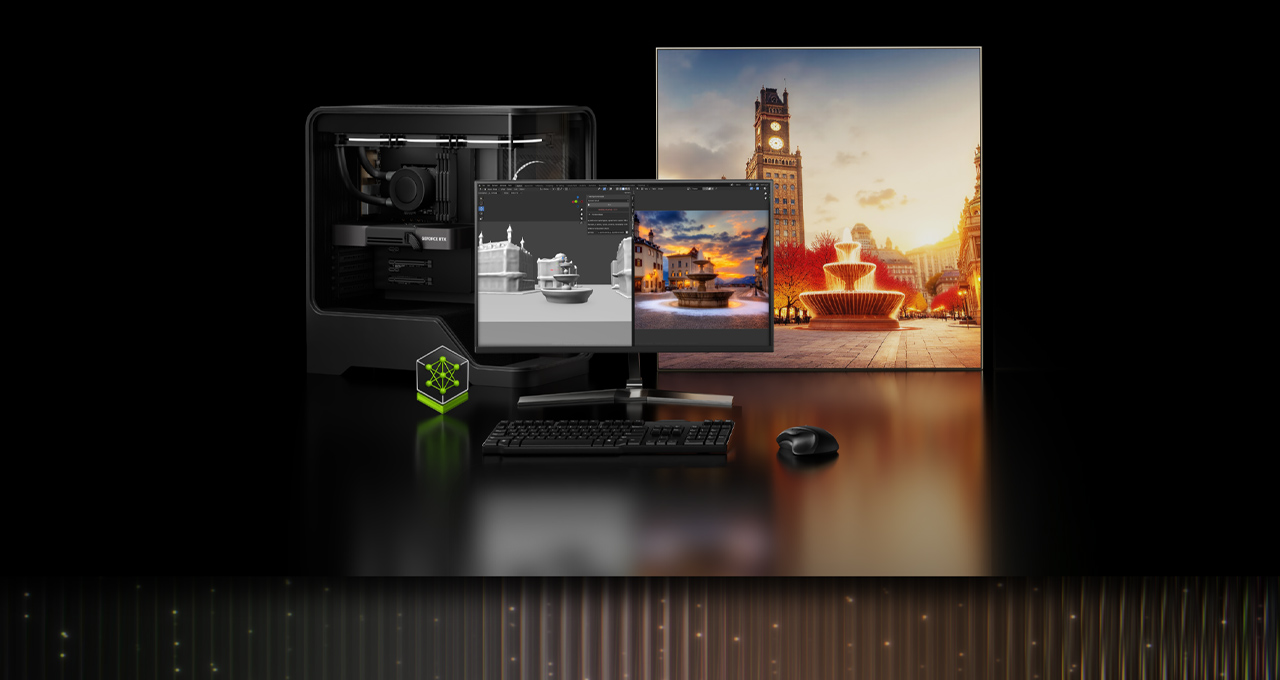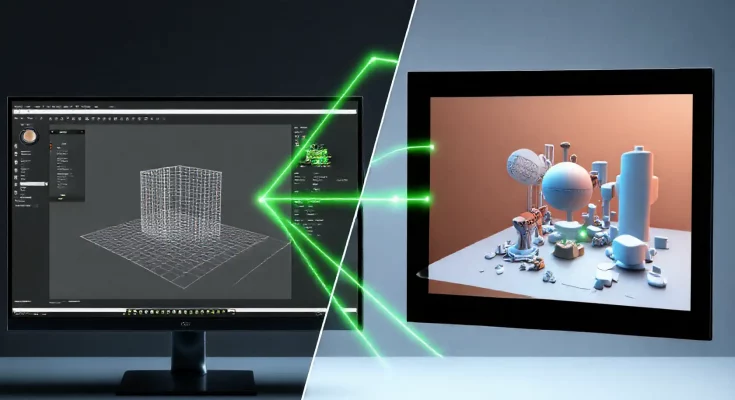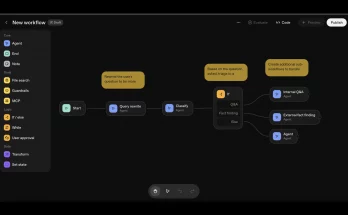AI-powered image generation has progressed at a remarkable pace, evolving from initially creating surreal images of humans with extra fingers to currently producing stunningly photorealistic visuals. Despite these advancements, a significant challenge remains: achieving creative control.
While generating scenes from text prompts has become more accessible, detailing elements like composition, camera angles, and object placement through text alone is still complex. Using advanced tools such as ControlNets can help in enhancing image generation and providing better control, but they often come with complicated setups that hinder broader accessibility.
Introduction of NVIDIA AI Blueprint

To address these obstacles and accelerate the utilization of advanced AI capabilities, NVIDIA unveiled the NVIDIA AI Blueprint for 3D-Guided Generative AI during the CES trade show earlier this year. This innovative workflow comes preconfigured with all necessary tools for generating images with comprehensive composition control, tailored for RTX PCs. Users can download the new Blueprint here.
Harnessing 3D to Control AI-Generated Images
The NVIDIA AI Blueprint leverages a draft 3D scene built in Blender to provide a depth map for the image generator, specifically the FLUX.1-dev model from Black Forest Labs, which synthesizes images based on user prompts and the depth map.
- The depth map informs the image model about object placement.
- This technique does not require high-detail textures since the elements are processed in grayscale.
- 3D scenes enable users to manipulate object positions and alter camera angles easily.
The Power of ComfyUI
Sitting at the heart of the blueprint is ComfyUI, a versatile tool that allows creators to chain generative AI models in innovative manners. For instance, the ComfyUI Blender plug-in facilitates integration between Blender and ComfyUI. Additionally, an NVIDIA NIM microservice enables the FLUX.1-dev model to operate at peak performance on GeForce RTX GPUs.
This integration maximizes the capabilities of NVIDIA’s TensorRT software development kit and employs optimized formats like FP4 and FP8, ensuring smooth operation.
A Prebuilt Foundation for Generative AI Workflows
The 3D-guided generative AI Blueprint offers everything needed to initiate an advanced image generation workflow, including:
- Blender and ComfyUI
- Blender plug-ins for integration
- The FLUX.1-dev NIM microservice
- ComfyUI nodes for operation
For AI artists, an installer paired with detailed deployment instructions provides an easy setup experience. The structured workflow allows users to tailor their environment based on specific requirements. For developers, the blueprint serves as a robust foundation for creating and expanding image generation pipelines, complete with source code, sample data, documentation, and a working example.
Real-Time Generation Powered by RTX AI
The NVIDIA AI Blueprints are engineered to run seamlessly on NVIDIA RTX AI PCs and workstations, leveraging enhancements from the NVIDIA Blackwell architecture.
- The included FLUX.1-dev microservice is optimized with TensorRT and quantized to FP4 precision, offering over double the inference speeds compared to native PyTorch FP16.
- For users of Ada Lovelace generation GPUs, FP8 variants are available, facilitating high-performance workflows conducive to rapid iteration and experimentation.
- Quantization enhances model efficiency, significantly reducing VRAM usage.
Customize and Create with RTX AI
NVIDIA offers an array of 10 NIM microservices for various applications, including image generation, language processing, and speech AI, with more services set to release soon. Available now, the NVIDIA AI Blueprints and NIM microservices create robust foundations for creators eager to explore the frontiers of generative AI on RTX PCs and workstations.



